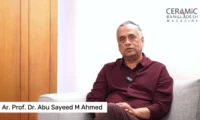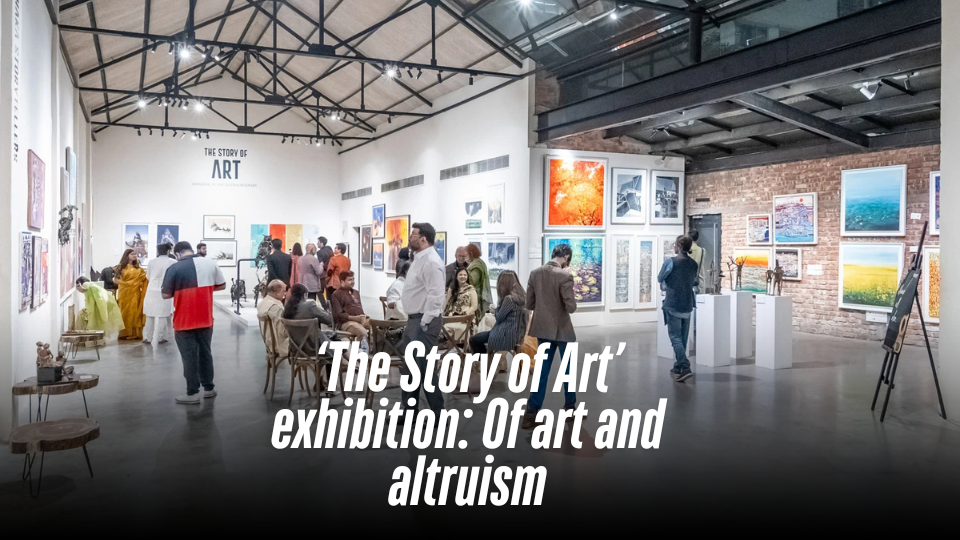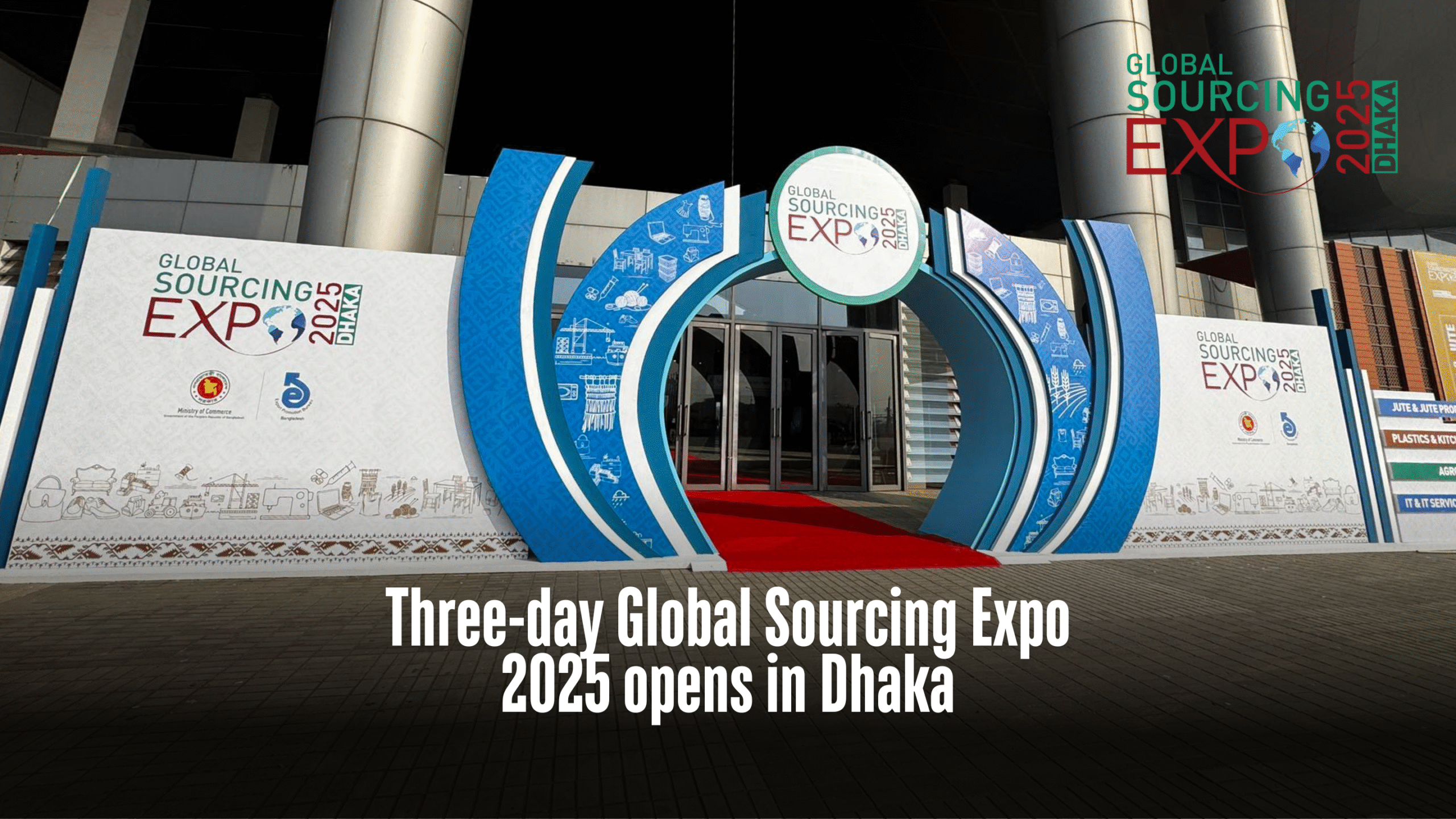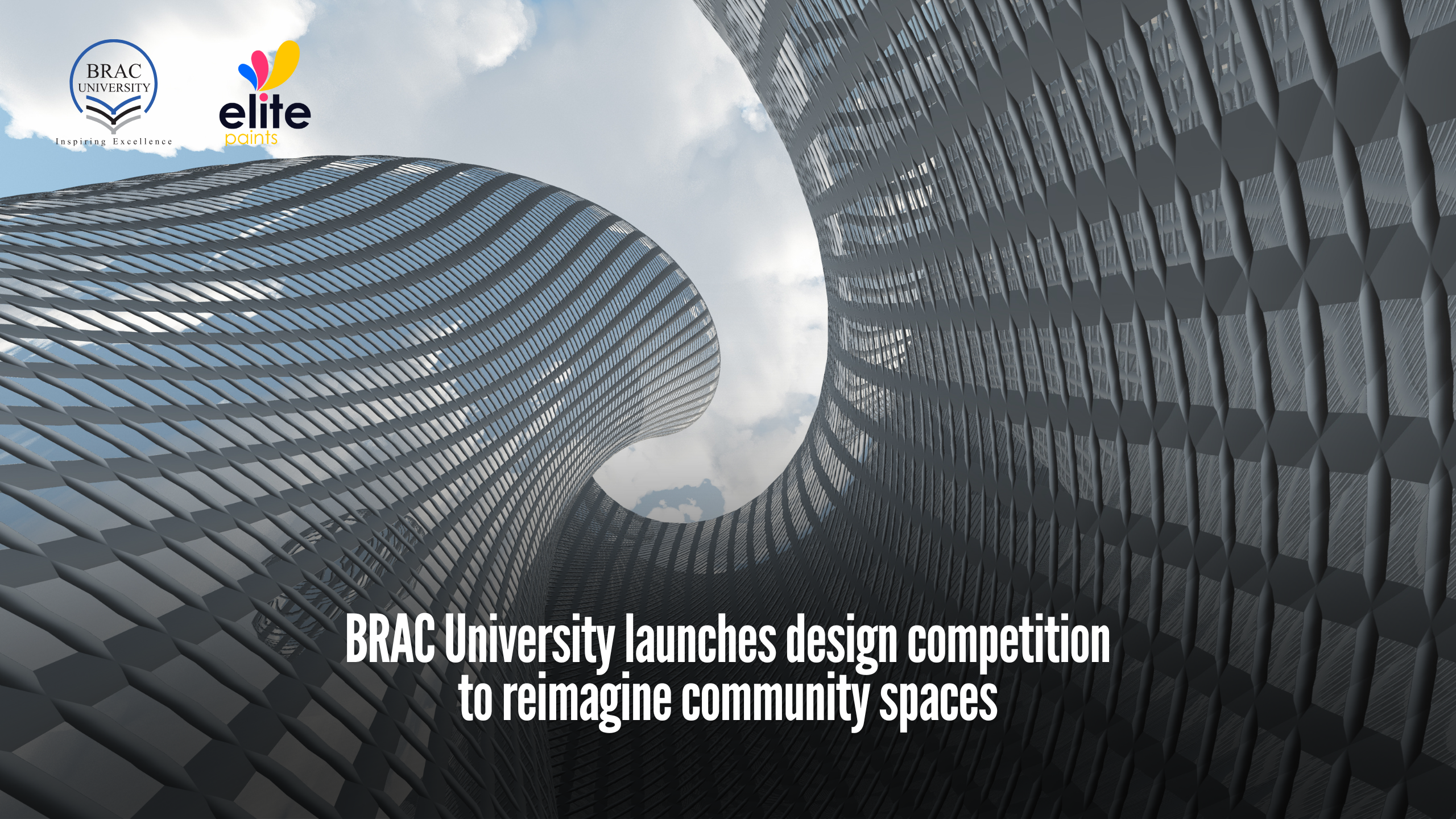
Brac University’s Department of Architecture, in collaboration with Elite Paint Bangladesh Limited, has announced a student design competition titled Architecture for Unity: Redesigning Community Spaces.
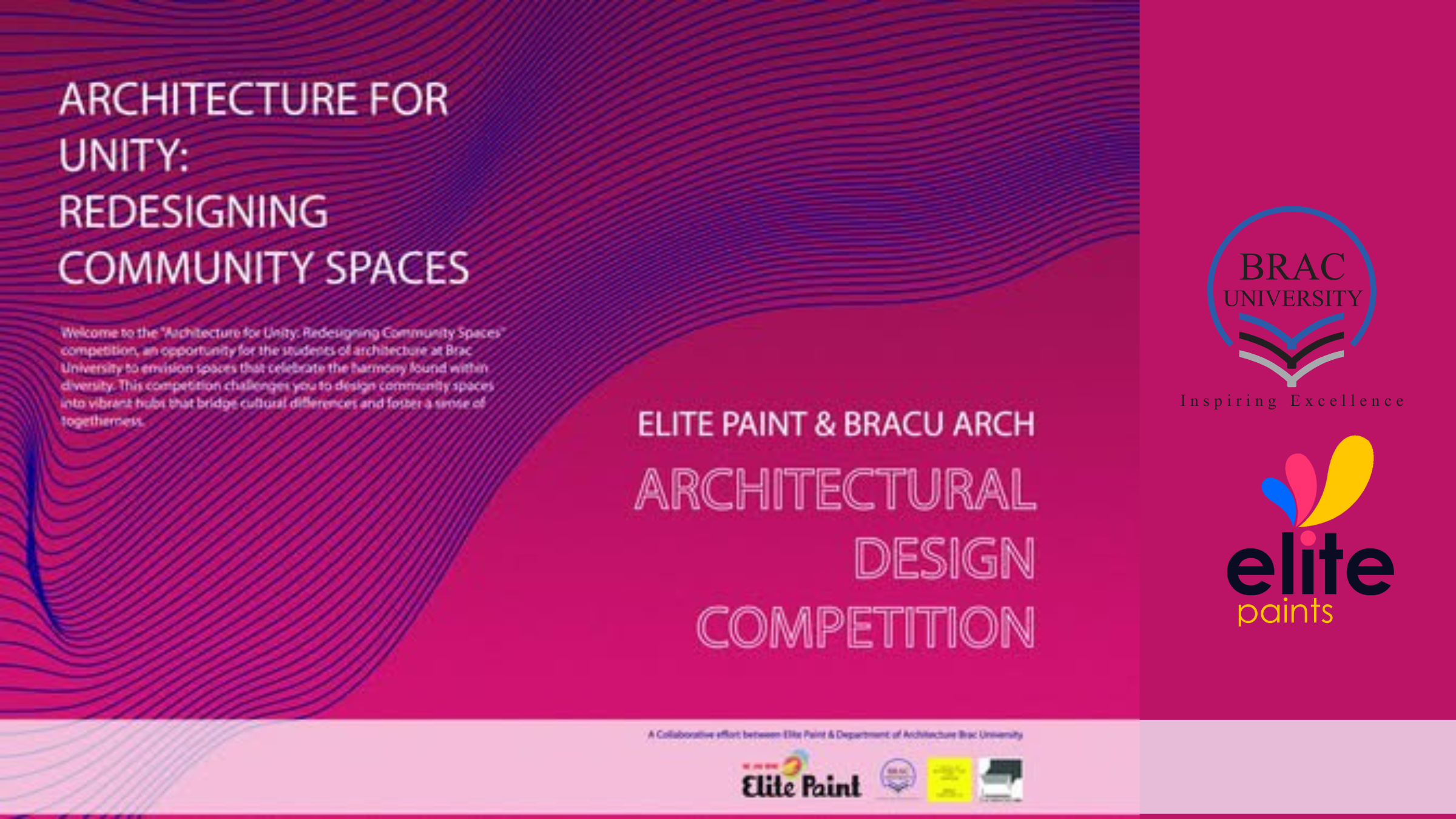
The initiative invites architecture students to reimagine public spaces as inclusive environments that celebrate cultural diversity and foster meaningful interaction.
The competition is exclusive to students enrolled in Brac University’s Department of Architecture and aims to empower future architects to design with empathy, inclusivity, and sustainability at the forefront.
Designing for Diversity and Dialogue
According to the official brief, participants are tasked with redesigning a community space—either real or hypothetical—that encourages cross-cultural engagement.
The goal is to transform such spaces into vibrant hubs where people from different backgrounds can connect, collaborate, and celebrate shared humanity.
The design criteria are both ambitious and socially grounded. Proposals must reflect the cultural richness of the community they serve, integrating elements that honour various traditions while promoting inclusivity.
Spatial flow is a key consideration, with layouts expected to guide visitors through the space in ways that encourage movement and exchange.
Functional diversity is also central to the brief. The redesigned spaces should accommodate a range of activities—from social gatherings and collaborative projects to quiet reflection—allowing individuals to engage in meaningful ways.
Aesthetic appeal, while not the sole focus, remains important. Organisers are looking for innovative architectural techniques and visual storytelling that inspire curiosity and wonder.
Sustainability is a non-negotiable component. Students must embrace environmentally responsible design principles that minimise ecological impact, including thoughtful choices in materials, lighting, and energy use.
Submission Requirements and Format
Participants must submit a comprehensive design proposal that includes conceptual sketches, spatial layouts, and explanatory notes.
The drawing submission must be formatted as one A0 portrait sheet in PDF, with a resolution of 300 dpi and a maximum file size of 15 MB.
In addition to the visual material, students are required to submit a text document—also in PDF format—describing the idea behind the project, its inspiration, tentative outcomes, and materiality. The written component must not exceed 500 words.
All submissions must be in English. File names should follow a strict format: Student’s Name_Student’s ID_Enrolled Semester (e.g., Akibur Rahman_16208023_Fall 2023). Both the drawing and the text document must be uploaded via the designated online submission link before the deadline.
Key Dates and Deadlines
Registration Deadline: September 1, 2025
Submission Date: October 11, 2025 (by 5.00pm)
Jury Date: October 26, 2025
Results Announcement: November 10, 2025
Students can register via the official link: https://forms.gle/ecZtUpRBmVo1jC7M7 Final submissions must be uploaded to: https://forms.gle/z5zhNK88uvH5ncU49
Awards and Recognition
The competition offers substantial incentives. The first prize winner will receive BDT 50,000 and a certificate. The second and third place winners will be awarded BDT 25,000 and BDT 15,000 respectively, along with certificates.
However, organisers stress that the real reward lies in the opportunity to contribute to a broader conversation about architecture’s role in social cohesion. “This is an ideas competition,” said a faculty member from Brac University’s Department of Architecture. “We’re not asking students to build anything physically. Instead, we want them to think critically and creatively about how architecture can serve as a tool for unity.”
Industry Collaboration and Real-World Impact
Elite Paint Bangladesh Limited’s involvement adds a layer of industry relevance to the competition. Known for its commitment to sustainable and community-focused projects, the company’s collaboration with Brac University signals a shared vision for inclusive urban development.
“This is not just about buildings or parks,” said a spokesperson from Elite Paint. “It’s about creating spaces where people from different backgrounds can come together, share experiences, and build a sense of unity. We believe architecture has the power to shape social behaviour, and this competition is a step towards that vision.”
Student Response and Anticipation
As the submission window opens, anticipation is building across the Brac University campus. For many students, this competition represents a chance to showcase their design philosophy, engage with pressing social issues, and contribute to a vision of Bangladesh where public spaces reflect the country’s rich cultural mosaic.
“We often talk about unity in abstract terms,” said one third-year architecture student. “This competition challenges us to make it tangible—to design spaces where unity is not just an idea, but an experience.”
Architecture as a Bridge Between Cultures
With its emphasis on cultural celebration, spatial intelligence, and environmental stewardship, Architecture for Unity is more than a student competition. It is a call to action for the next generation of architects to build not just structures, but bridges—between communities, cultures, and futures.
Written by Nibir Ayaan



